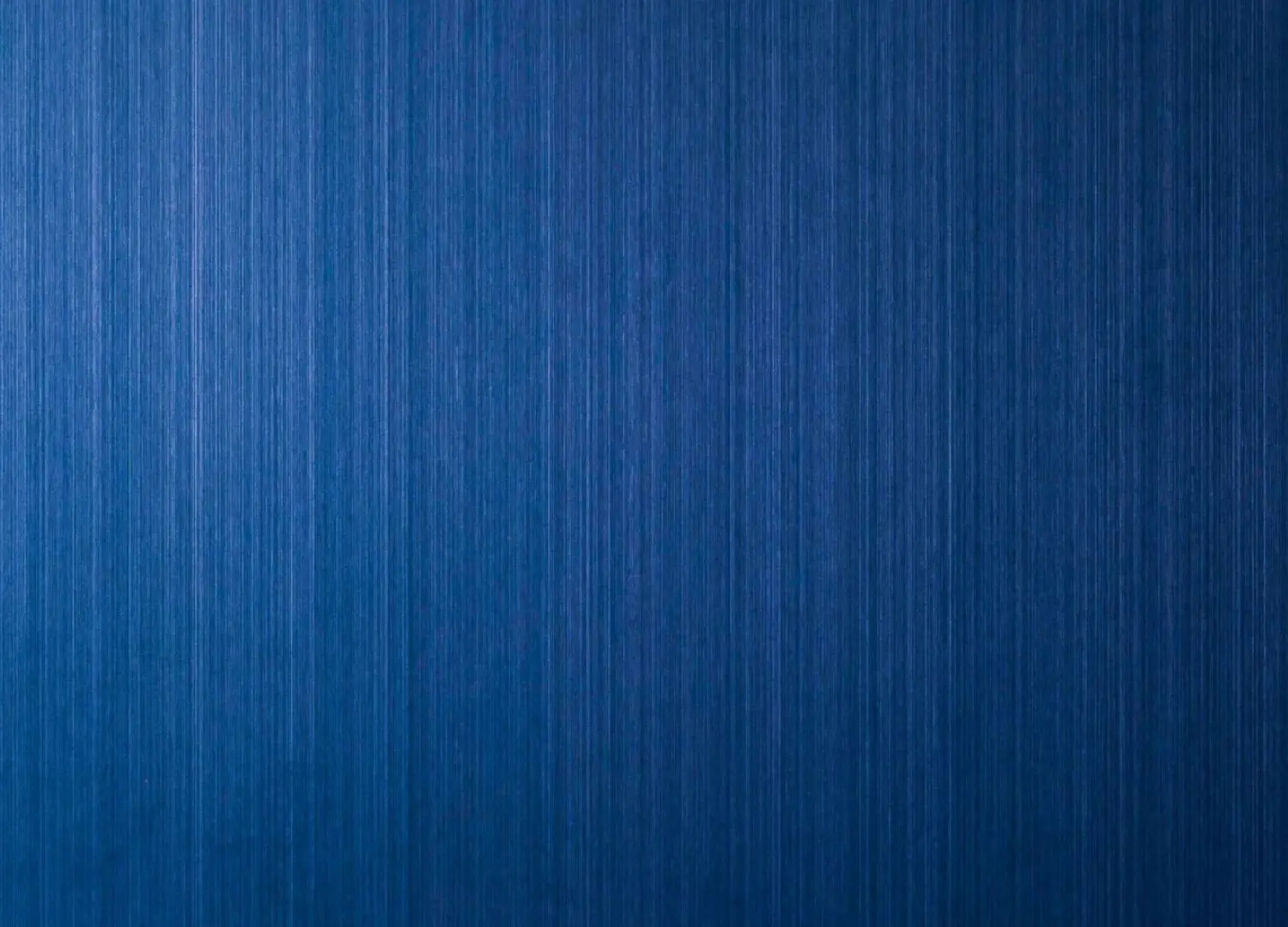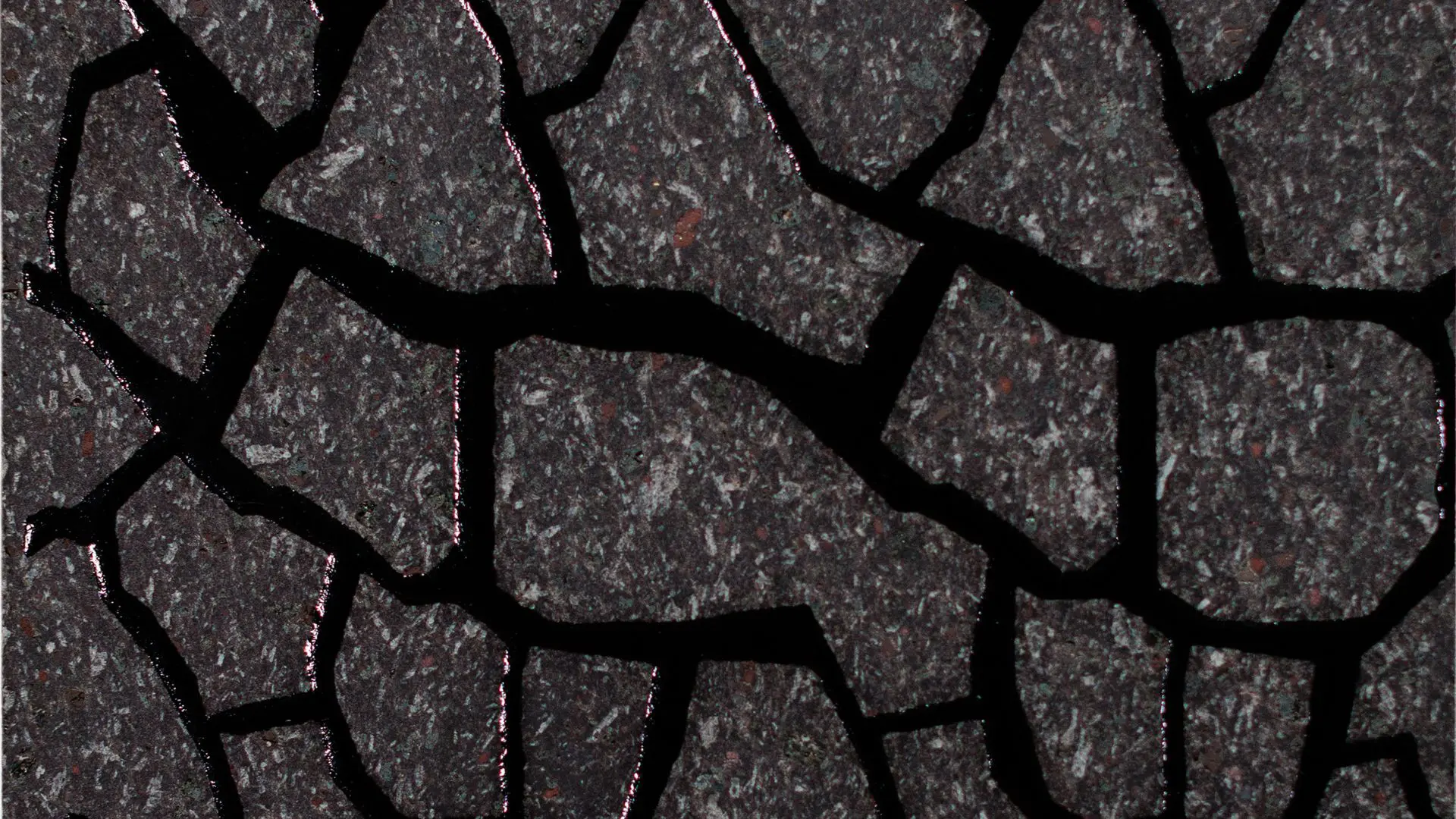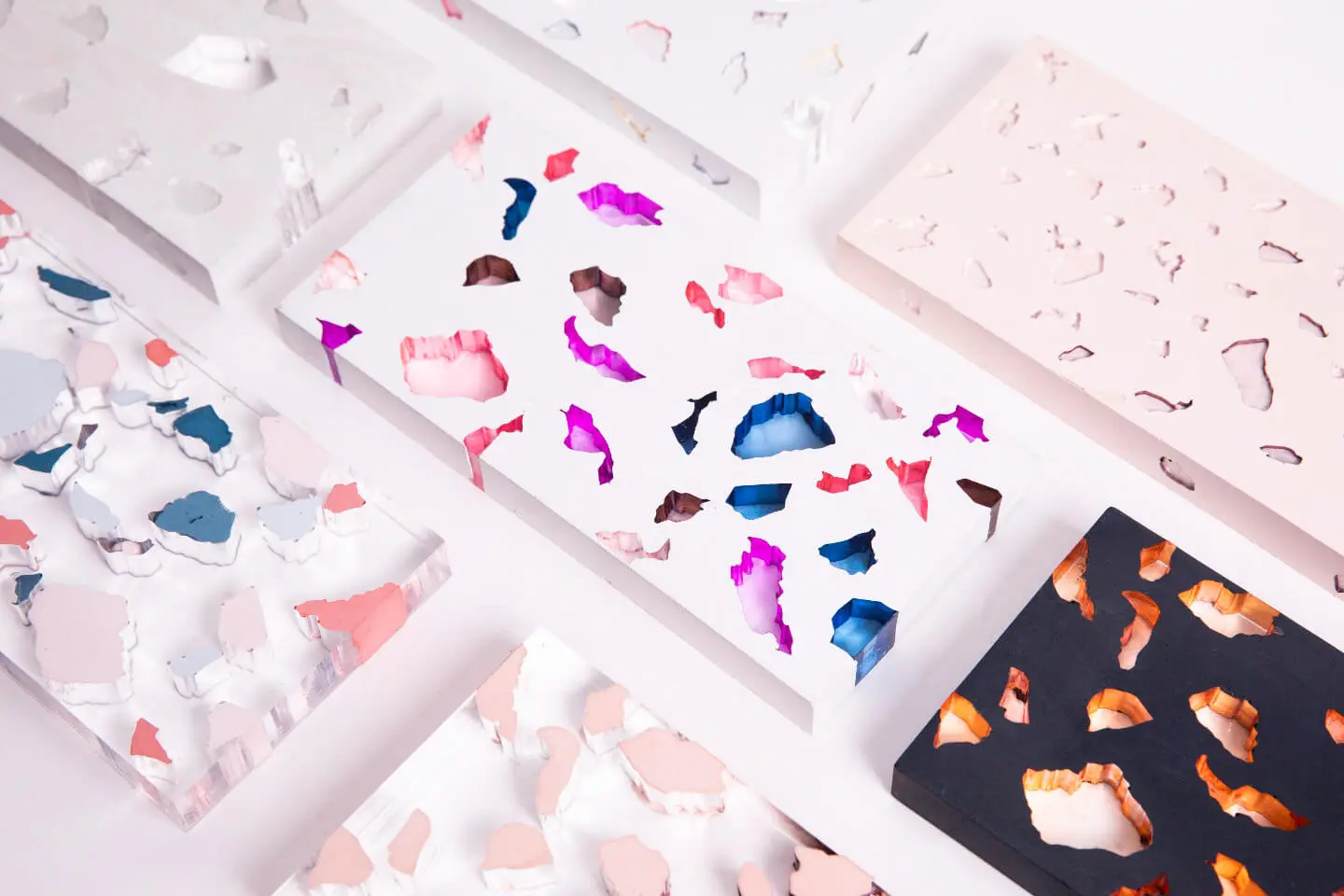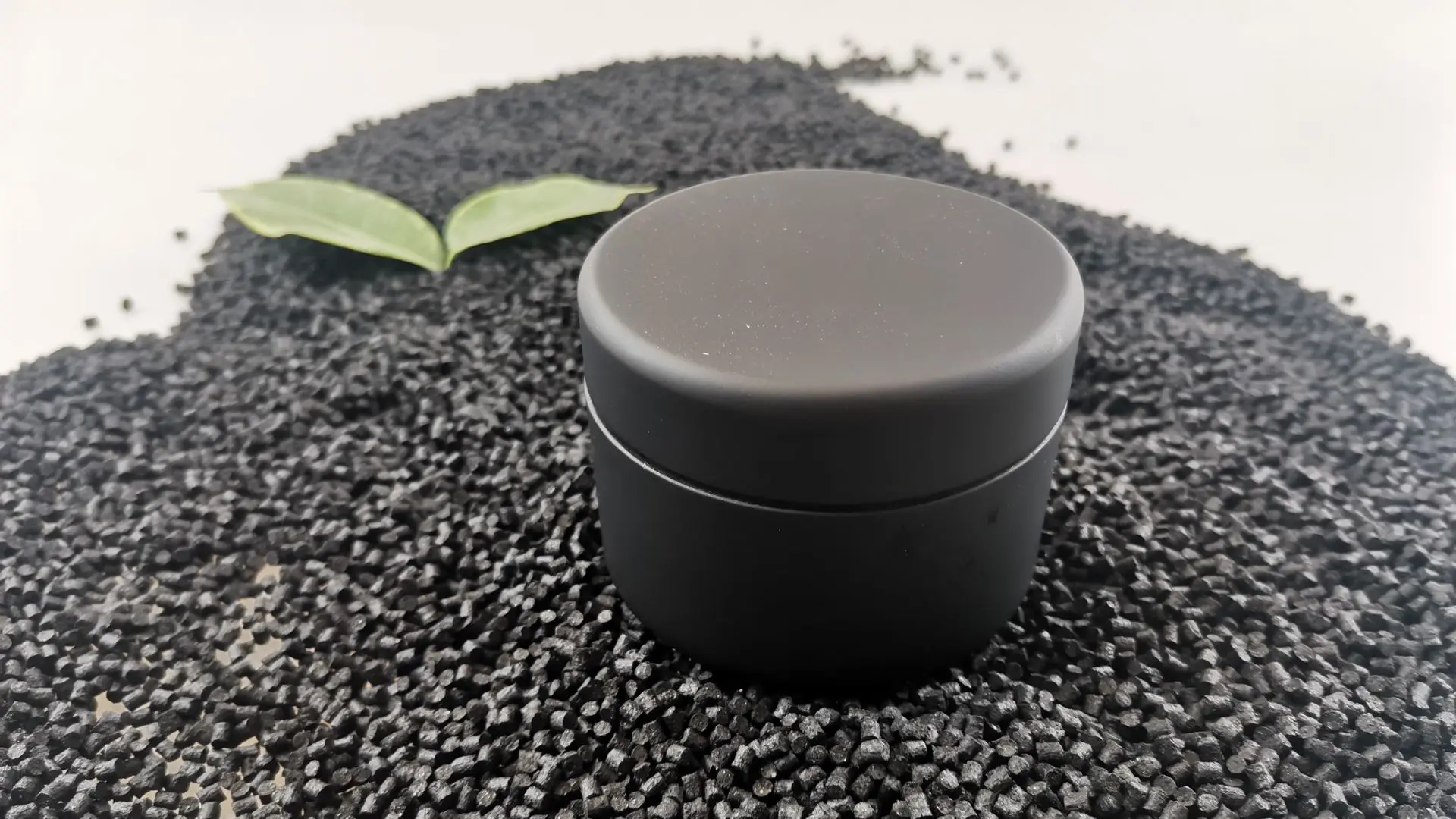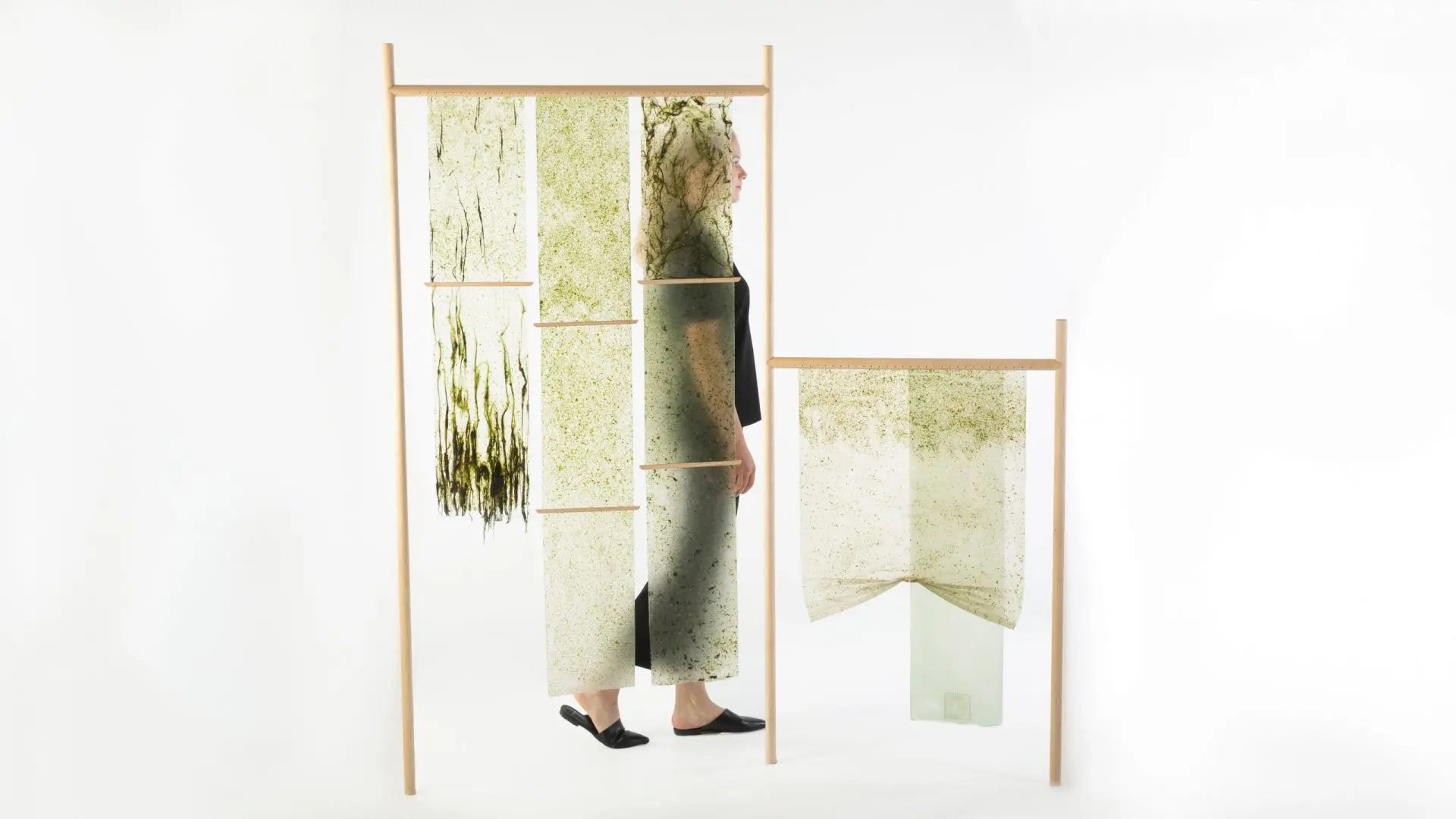Using light and ceramic structures to bring colors onto metallic surfaces
Metal colouring can be achieved via several well-established techniques, including heat treatments, dip coating, powder coating, or film deposition. But what about acting directly on the light scattering effect of solid structures, without compromising the material’s natural look & feel?

Stainless steel is a remarkably powerful material, well known for its exceptional mechanical performances and surface properties, which make it a great choice for an enormous variety of applications, including product design, appliances, structural components, as well as interior and exterior design. With its widespread use across industries, new customizing possibilities emerged in support of new, original designs, and this is where the innovative Neues material comes into play.
Developed by Nippon Stainless Steel Art Corporation, Neues is a series of stainless steel decorative panels created by thinly coating the surface with titanium nitride ceramics using a vacuum sputtering method. This method results in a color tone with a characteristic ceramic quality and a crystal-like structure that still preserves the natural texture of the stainless steel underneath.

This has been achieved thanks to advancements in technologies and engineering of nanostructured ceramics in recent years. New vacuum systems and equipments, better performing sputtering process and the combination of multiple layers of different titanium-based ceramics (e.g., TiN, TiCN, TiAlN) allows today the creation of dense, high-quality micrometric structures with improved adhesion and reduced porosity. This level of accuracy in the surface coloring provides superior color uniformity and consistency across the material. The finished product comes in a range of 12 colors, known as the Neues Color Series.
Neues’ properties
One of the key properties of this type of coloring is its high abrasion resistance, achieved due to the hardness of the ceramic coating. The ceramic layer itself is incredibly thin, measuring less than 0.3 micrometers. This thinness, combined with the solid bonding between the ceramic layer and the stainless steel surface, allows for bending and light press work to be performed without damaging the colored layer.

The advantages associated with this finishing include broad compatibility with any previous surface etching or polishing treatment and the avoidance of unwanted phenomena such as chipping, fading, peeling or delamination of the colored layer.
Applications
Neues coating has several potential applications, including interior and exterior architectural cladding, elevator interiors and doors, furniture and appliance panels, and signage and decorative panels. These applications benefit from both the aesthetic appeal and the durability of the Neues coating.

Format and sizes
The technical data sheet specifies the available formats and sizes of Neues, including sheet size of 1219 mm by up to 4000 mm, with customization options with this length. Thickness options include 0.8 mm, 1.0 mm, 1.2 mm, 1.5mm, 2.0mm, 3.0mm with other thicknesses available upon request, all with superior flatness uniformity. The available colors include Platinum Gold, Titanium Gold, Champagne Gold, Nickel Silver, Bronze, Pink Bronze, Orange Bronze, Black, Blue, Ocean Navy, Bordeaux, and Moss Green.
The exploration of metal coloring techniques, including structural color achieved via ceramic coatings, highlights significant progress in material science and design. Structural color, through ceramic coatings, offers a durable and visually striking method of adding color to metals without compromising their natural properties.

These innovations provide designers with a broader palette of options, enabling the creation of unique and durable finishes that meet both aesthetic and performance requirements, for architectural cladding, furniture, and more decorative uses.



